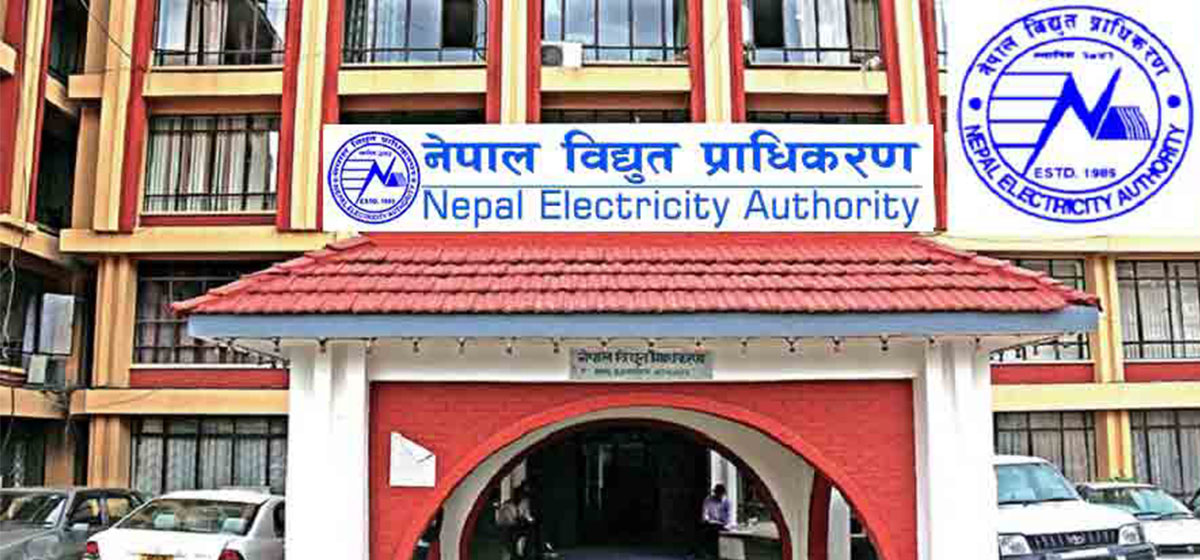KATHMANDU, July 12: Lack of proper planning for energy management has led to wastage of large amounts of produced electricity, while the needy people have been deprived from having adequate availability of energy in their areas.
Experts from the energy sector expressed the view in an interaction organized by the Energy Information Center on Wednesday. According to them, the government giving more priority to license the hydropower projects without considering the distribution side has led to the problem.
Mukesh Kafle, former executive director of the Nepal Electricity Authority (NEA), said Nepal is facing wastage of around 1,000 MW of electricity on a daily basis due to not having proper transmission line and distribution mechanism.
“Out of around 2,600 MW of electricity available round the clock, Nepal is facing a spill out of 500 MW of electricity during peak hours and 1,400 MW during off hours.
NEA to expand electricity baseline for nationwide consumption a...

Despite facing the spill out of electricity, Nepal is importing power from India whereas the industries have been facing unannounced load shedding at the same time.
“In addition, consumers have been facing the problem of tripping despite having surplus production of electricity in the country,” said Kafle, adding that the main problem is with the inadequacy and inefficiency of the related infrastructure.
Experts said the lack of proper planning by the government has led to a shortfall in meeting the target in electricity production as well. Earlier, the government had announced to increase electricity production to 10,000 MW by 2025. However, it seems that the production will reach hardly 3,200 MW within the stipulated time.
The NEA has estimated an average of Rs 50-60 billion to construct infrastructures including east-west transmission line, cross-border line and number of internal substations to ease electricity supply in the Kathmandu valley. “The problem lies not only in the construction of infrastructures, but also on their operations,” said Dipak Gyawali, former water resources minister and an expert on hydro policies.
Although the government has been expressing its words to give priority to domestic consumption to safeguard the investment in the hydropower sector, it is not happening in reality. “If the government ensures reliable distribution, the consumption could be boosted up,” said Hitendra Dev Shakya, managing director of the NEA.
Absence of proper legal framework has also been sought as a hindrance in the development of the country’s energy sector. Although the new electricity bill has been drafted, it has failed to get approval from the parliament in the past one and a half decades.
Dilli Bahadur Singh, chairperson of the Electricity Regulatory Commission, said small revision in the existing Electricity Act will do a lot in the development of the sector. He said lack of coordination among the government authorities is among the problems in development of the transmission lines and distribution mechanism of electricity.








_20231222130842.jpg)

























